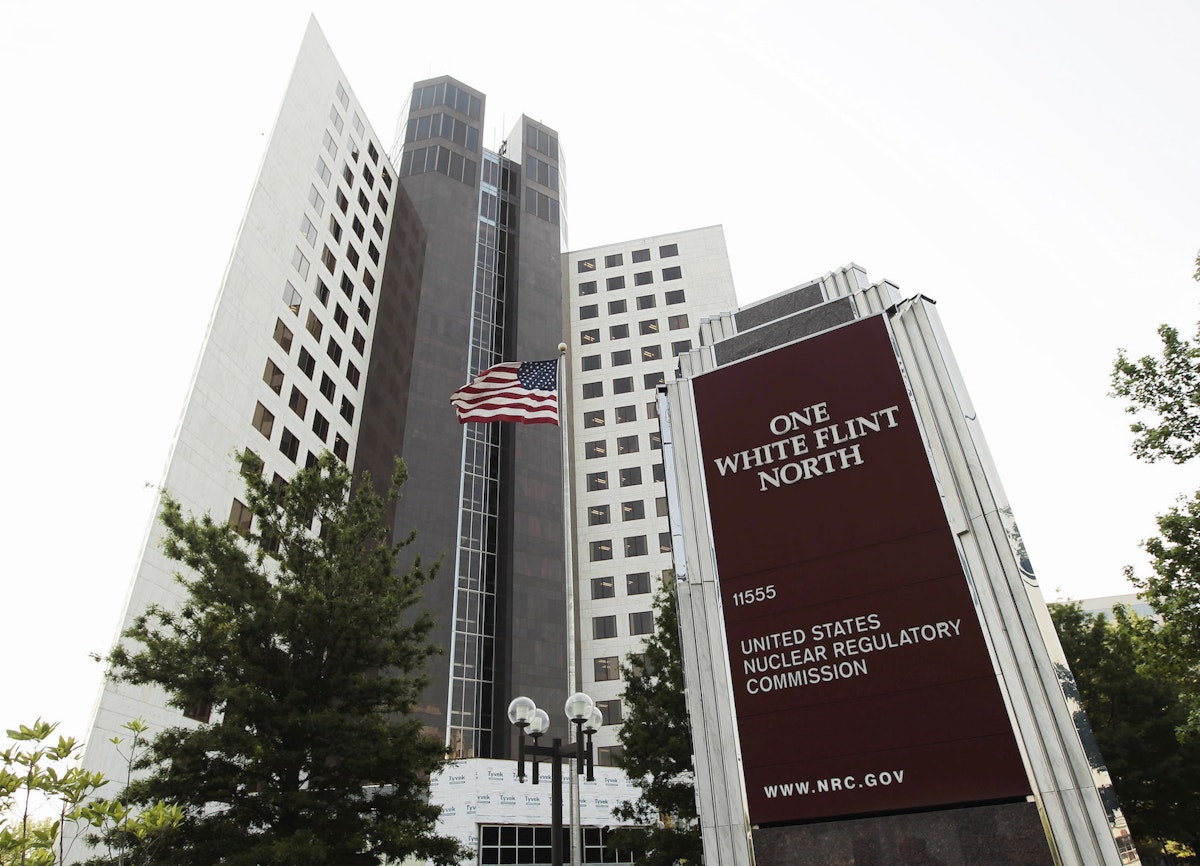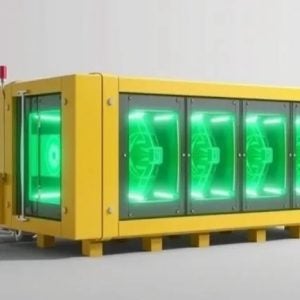 US Nuclear Regulatory Commission (NRC) commissioners have voted to approve a final rule for emergency preparedness for small modular reactors (SMRs) and other new technologies. NRC directed staff to issue “a final rule and associated regulatory guide that applies risk-informed, performance-based emergency preparedness requirements” for SMRs and other new technologies including non-light-water reactors, research and test reactors and medical radioisotope facilities.
US Nuclear Regulatory Commission (NRC) commissioners have voted to approve a final rule for emergency preparedness for small modular reactors (SMRs) and other new technologies. NRC directed staff to issue “a final rule and associated regulatory guide that applies risk-informed, performance-based emergency preparedness requirements” for SMRs and other new technologies including non-light-water reactors, research and test reactors and medical radioisotope facilities.
NRC said the rule, to be published in the Federal Register later this year, builds on its “existing emergency preparedness programme for large, light-water cooled nuclear power reactors”. The rule will address how state-of-the-art facility designs and safety research apply to future operation of SMRs and other new technologies. The rule’s emergency preparedness framework “adopts a technology-inclusive and consequence-oriented approach”.
The requirements include “a scalable method to determine the size of the offsite emergency planning zone around a facility”. Applicants and licensees for SMRs and other new technologies can use the rule in developing a performance-based emergency preparedness programme as an alternative to the current offsite radiological emergency planning requirements. The rule excludes large light-water reactors, fuel cycle facilities and currently operating research and test reactors, which will remain under current requirements. The rule takes effect 30 days after it is published in the Federal Register.
In a memo explaining its decision, NRC said applicants and licensees for SMRs and other new nuclear technologies “can use the rule to develop a performance-based emergency preparedness programme as an alternative to current offsite radiological emergency planning requirements”. The alternative emergency preparedness requirements provide “reasonable assurance” that adequate protective measures will be put in place by SMR and other new technology licensees.
It also promotes regulatory stability, predictability and clarity while reducing the need for requests for exemptions from emergency preparedness requirements, NRC staff said. Staff said the rule “recognises that if there are accidents at smaller reactors and non-light-water reactors, there will be a relatively small and slow release of fission products”.
The announcement came after several organisations published a letter calling on NRC to finalise the emergency preparedness rule, which had faced significant delay. The organisations – the Breakthrough Institute, Clean Air Task Force, ClearPath, Nuclear Innovation Alliance and Third Way – noted that it had been nearly two years since the NRC staff finished work on the rule, which had been mandated by Congress in 2021.
“The extensive delay in finalising this rule has already caused significant regulatory uncertainty for multiple developers that are actively preparing licence applications,” the letter said. It noted that future applicants wanting to benefit from the improved procedures now how to prepare two emergency preparedness plans: one based on the assumption that the rule would be in place when they submit their applications and another in case the rule is not yet finalised. It added that this creates additional pressure on NRC staff due to the regulatory uncertainty. This “has already resulted in applicants changing their emergency preparedness approach during the pre-application engagement process, or delaying pre-application engagement until there is greater certainty around what procedures will be available,” the letter said.
When NRC began planning for the new rule, it anticipated completion by April 2020 and staff finished its work in December 2021. However, the Commission repeatedly delayed voting indicating that it would publishing in January 2024.
In the event the vote took place just over a week after the letter was delivered. The Breakthrough Institute – an environmental organisation that also supports nuclear energy – said NRC “did the right thing”, describing the decision as “a huge success for the future of advanced nuclear”.
The institute noted that the existing rules had been designed for large facilities. “All the new reactor designs have inherent safety features that sharply reduce the risk of damage to the fuel. Beyond that, many have features that make releases to the environment very unlikely even if there is fuel damage.” This made the existing planning rule “a clear example of the ways in which regulations designed for current-generation reactors need to be changed to accommodate advanced models”.
Finalising the emergency preparedness rule “is a modest step towards modernisation, and many others remain,” the institute noted. “Notably, the NRC is under instructions from Congress to develop an entirely new, simplified licensing rule for advanced reactors, one that is firmly grounded in risk analysis, focusing on what the actual risks are, and that sets performance requirements.”
It added: “The commission acted quickly on our request to finalize this long-delayed rule. Now is the time to keep the momentum and finalise other rules that have been waiting for direction from the commission.”
However, the NRC decision was not universally welcomed. The Union of Concerned Scientists (UCS) described it as “reckless”
“Past natural and human-made disasters have taught us that having a robust and workable emergency plan in place is the key to minimising human suffering and loss of life if the unthinkable happens,” said UCS Director Edwin Lyman in a statement. “Concerns with the rule expressed by the Federal Emergency Management Agency and other authorities demonstrate how out of step the NRC is with experts on this issue. Coupled with other troubling regulatory changes that the NRC has already made or is considering, this new rule will only increase dangers for the public from the next generation of nuclear plants,” the statement continued. “Additionally, the absence of offsite emergency planning will create burdens in the aftermath of a nuclear plant accident, extreme weather event, or terrorist attack that will fall disproportionately on those people and communities with the fewest resources.”
On the other hand, US nuclear trade group, the Nuclear Energy Institute (NEI), said the decision would ensure public safety. “The Commission’s vote on [is critical to the success of next generation nuclear technologies,” said NEI Vice President & Chief Nuclear Officer Doug True. “We encourage the NRC to continue modernising its approach to regulate the next generation of nuclear reactors, which will be essential to economy-wide decarbonisation.”
NRC Chairman Christopher Hanson said the "thoughtfully articulated final rule" was the culmination of many years of effort by NRC staff working with stakeholders to advance the emergency preparedness regulatory framework. He added: “Simply stated, the NRC has always established its regulatory requirements to address the particular hazards presented by the facilities it licenses and regulates. The requirements vary for different types of facilities, but the standard is always the same – ensuring reasonable assurance of the adequate protection of the public health and safety."






